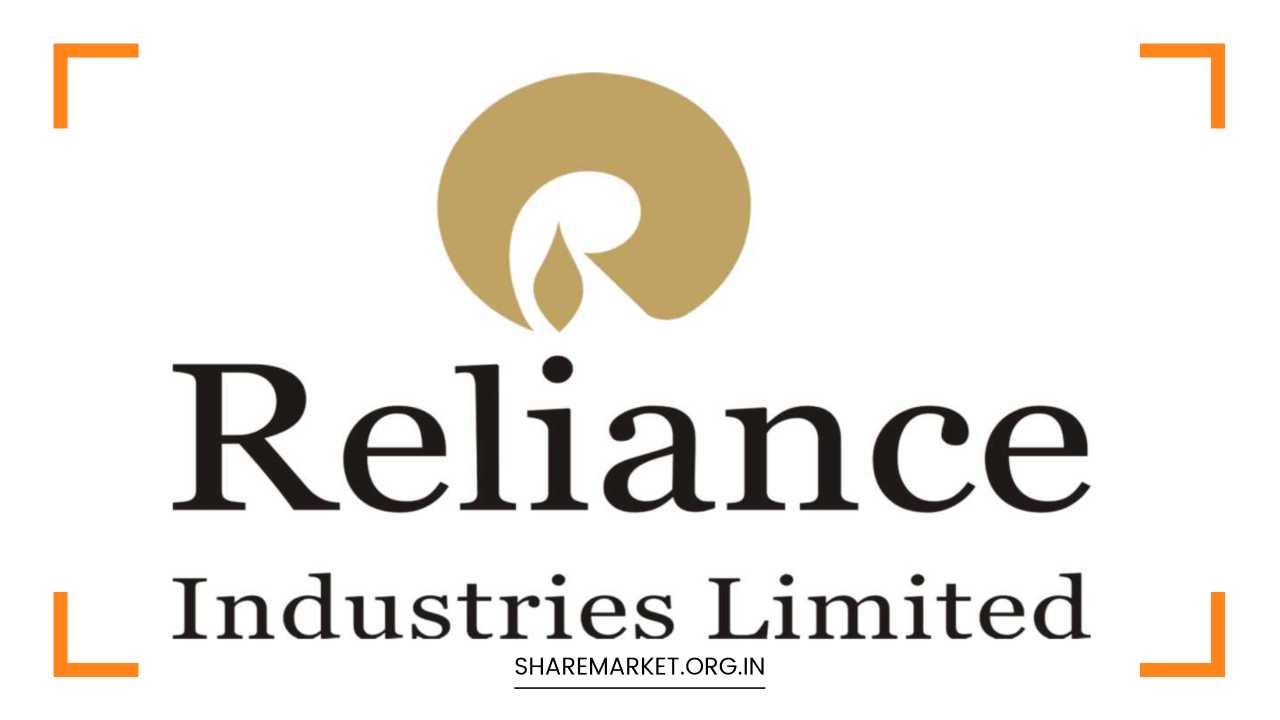Reliance Industries: Market Cap Exceeds Rs 19.5 Lakh Crore with a 7% Rally in Shares

Reliance Industries
Reliance Industries Market Cap Milestone: A Deep Dive into Recent Developments
Reliance Industries, a stalwart of India’s corporate landscape, recently achieved a significant milestone as its market capitalization surged past the impressive figure of Rs 19.50 lakh crore.
This notable achievement was accompanied by a substantial uptick in the company’s shares, recording a remarkable 7 percent increase on January 29.
This surge follows a trend, with Reliance Industries experiencing a 9 percent increase in December, a 4 percent rise in November, and an 8 percent climb in January.
Beyond the stock performance, recent developments, including potential acquisitions and capital expenditure adjustments, have added layers to Reliance Industries’ narrative.
I. Market Dynamics and Share Performance
The stock market plays a pivotal role in reflecting the financial health and investor confidence in any company.
In the case of Reliance Industries, the recent surge in market capitalization and share prices can be seen as a testament to the company’s strategic moves and resilience in a dynamic economic environment.
A. Share Performance Highlights
Reliance Industries’ shares are currently trading at Rs 2890.45, reflecting a significant gain of 6.70 percent. During intraday trading, the stock reached an unprecedented peak of Rs 2,895.10, underscoring the investor enthusiasm. Notably, the stock’s 52-week low is Rs 2,012.14, emphasizing the substantial growth achieved within this period.
B. Trends in Share Performance
Analyzing the trends in share performance reveals a consistent upward trajectory. The 9 percent surge in December, coupled with a 4 percent rise in November and an 8 percent climb in January, paints a picture of sustained positive momentum.
Investors and market analysts are closely monitoring these trends, seeking insights into the factors driving this growth.
II. Strategic Developments: Reliance-Disney Deal
A significant catalyst behind the recent surge in Reliance Industries’ shares can be attributed to ongoing negotiations with Walt Disney for the acquisition of Disney’s India unit.
A recent Bloomberg report disclosed a pivotal development in this deal, with the valuation of Disney’s India assets being halved to approximately $4.5 billion from the earlier demand of $10 billion.
A. Valuation Shift and Implications
The substantial shift in valuation has implications for both Reliance Industries and Walt Disney. The combined entity is now targeting a valuation of $11 billion, with Reliance Industries holding a 51 percent stake and Disney holding 40 percent.
This deal, expected to be finalized in February, gains added significance following the collapse of the $10 billion Sony-Zee Entertainment merger.
The removal of a major competitor positions Reliance Industries strategically, opening up potential opportunities and market advantages.
B. Impact on Competitors and Industry Dynamics
The collapse of the Sony-Zee Entertainment merger has broader implications for the industry landscape. With a major competitor sidelined, Reliance Industries could potentially consolidate its market position and navigate industry dynamics with greater flexibility.
The evolving scenario underscores the dynamic nature of the media and entertainment sector, where strategic moves can reshape the competitive landscape.
III. Financial Landscape: Capital Expenditure and Free Cash Flow
Beyond market cap and share prices, an in-depth analysis of Reliance Industries’ financial landscape provides valuable insights into the company’s fiscal health and strategic decision-making.
A. Capital Expenditure in Q3
In the third quarter, Reliance Industries reported a capital expenditure of Rs 30,100 crore, marking a 22 percent decrease compared to the previous quarter.
This reduction can be attributed to decreased spending by Jio, following the completion of the 5G rollout across India, and limited capital expenditure in the retail sector due to constrained space expansion.
B. Jefferies India’s Insight
Jefferies India provided valuable insights, stating, “We expect retail capital expenditure to decline by Rs 15,000 crore YoY in FY24 followed by a further decline in FY25.
Additionally, Jio’s headline capital expenditure in FY25 will decline by Rs 30,000 crore.” This strategic reduction in spending is anticipated to improve Free Cash Flow (FCF) and allay concerns about an increase in net debt.
C. Positive Free Cash Flow Outlook
Analysts note that the decline in capital expenditure in the December quarter was influenced by the completion of the 5G rollout.
Over the next two years, with reduced telecom-related expenses and an annual EBITDA run rate of $20 billion, Reliance Industries is expected to generate positive free cash flow.
This positive outlook positions the company favorably, signaling a potential shift from the negative free cash flow observed in the last three years, primarily attributed to telecom-related expenses.
D. Net Debt Trends
While there was a slight increase in net debt in the three months ending December 31 on a quarterly basis due to the repayment of other capital expenditure liabilities, analysts predict a downward trend in the future.
This is crucial for investors and stakeholders, as a declining trend in net debt enhances the company’s financial stability and flexibility.
IV. Market Sentiments and Analyst Recommendations
Market sentiments play a crucial role in shaping investor decisions. Analyst recommendations provide further insights into the perceived strengths and challenges faced by Reliance Industries.
A. CITI’s Neutral Rating
In a recent report, CITI assigned a Neutral rating to Reliance Industries, reflecting a cautious stance. The target price set at Rs 2,910 indicates a balanced evaluation considering the broader economic landscape and potential uncertainties.
Such ratings guide investors in making informed decisions, weighing both the positive momentum and potential risks.
V. Final Remarks: Navigating Growth and Stability
In conclusion, Reliance Industries’ recent achievement of crossing the Rs 19.50 lakh crore market cap threshold and the subsequent surge in its shares signify a pivotal moment for the company.
As it navigates the complexities of the business landscape, strategic moves such as the potential Disney deal and a prudent approach to capital expenditure position Reliance Industries for continued success in the dynamic Indian market.
The collapse of the Sony-Zee Entertainment merger has removed a major competitor, providing Reliance Industries with potential opportunities and market advantages.
The company’s foray into strategic acquisitions underscores its commitment to expanding its footprint in key sectors.
The positive outlook on Free Cash Flow and the expected decline in net debt indicate a focus on sustained growth and financial stability in the coming quarters.
Investors and industry observers will keenly watch the unfolding developments to gauge the long-term impact on the company’s financial health and market standing.
Reliance Industries, with its multifaceted approach and strategic decisions, appears poised to navigate the ever-evolving landscape of the Indian business ecosystem with resilience and foresight.

















